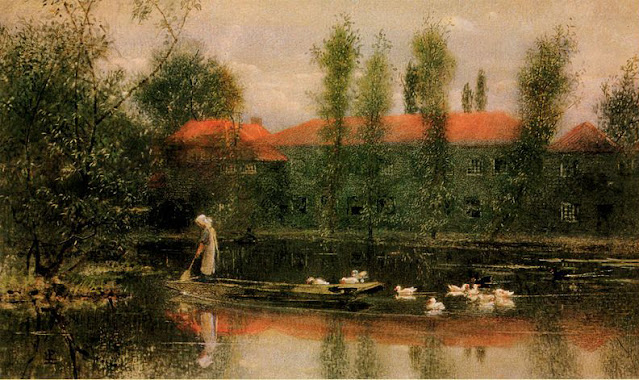At Home with Jane and William Morris – A New Joint Biography
George Bernard Shaw called her ‘the silentest woman I ever met’. And Henry James said she was ‘an apparition of fearful and wonderful intensity’. But these famous descriptions do Jane Morris a disservice. As a model for Gabriel Rossetti, she became Queen Guenevere, Pandora or Persephone. But should we accept that these images reflect the reality of Jane’s life and character? With the publication of her letters, edited by Jane Marsh and Frank L Sharp, we can recreate a fully rounded picture of the lives of both Jane and William Morris, their family and their close circle. As we read Jane’s words, we can reconsider the creativity of the women who pioneered the Arts and Crafts movement. Jane was an outstanding embroiderer, and ran the needlework department of Morris and Company for over a decade. She built a network of female friends and colleagues, and hosted poets, anarchists and artists at her homes in Kent, London and Oxfordshire. For the first time, we can see how she and William Morris worked together to develop a radical household. As he said, ‘the true secret of happiness lies in taking a genuine interest in all the details of daily life’.



